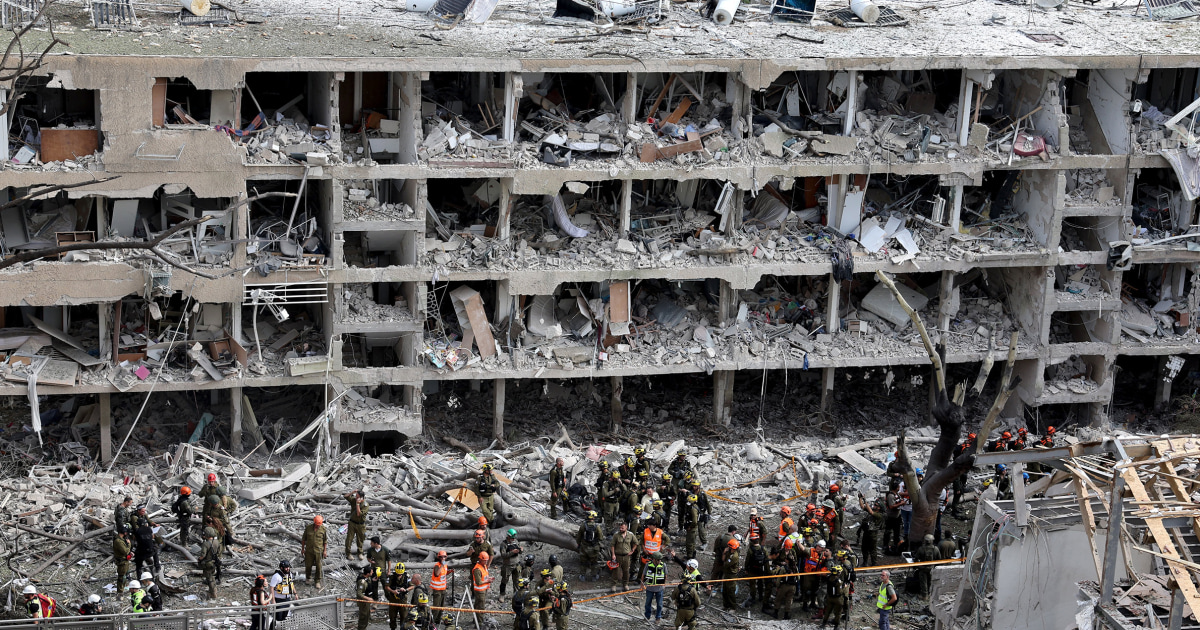
More than 125 American aircraft took part in the mission that struck three Iranian nuclear sites, Air Force Gen. Dan Caine, the chairman of the Joint Chiefs of Staff, told a news conference earlier today.
B-2 stealth bombers were joined by fourth- and fifth-generation fighter jets and “dozens and dozens of air refueling tankers,” Caine said, adding that a full array of “intelligence, surveillance and reconnaissance aircraft” also joined the mission, which led to strikes on the Fordo, Natanz and Isfahan nuclear sites.
Caine said that at midnight Friday, a large “B-2 strike package comprised of bombers” took off from the U.S. Part of this package headed west and into the Pacific “as a decoy,” he said.
“The main strike package comprised of seven B-2 Spirit bombers, each with two crew members, proceeded quietly to the east with minimal communications throughout the 18-hour flight to the target area,” Caine said.
Once over land, the bombers were refueled before they linked up with “escort and support aircraft in a complex, tightly timed maneuver requiring exact synchronization,” he said.
Just before the planes entered Iranian airspace at around 5 p.m. ET, Caine said an American submarine “ launched more than two dozen Tomahawk land attack cruise missiles against key surface infrastructure targets at Isfahan.”
Several deception tactics were also employed, he said, including decoy planes pushing “out in front of the strike package at high altitude and high speed.”
At about 2:10 a.m. local time (6:40 p.m. ET), Caine said the lead B-2 dropped two GBU-57 Massive Ordnance Penetrator weapons on “the first of several aim points at Fordo.” In total 14 of the bombs known as “bunker busters” were dropped on two nuclear target areas, he said.
All three Iranian nuclear infrastructure targets were struck between 6:40 and 7:05 p.m. ET, he added.
Following the strikes, Caine said, the bombers exited Iranian airspace and began their return home.